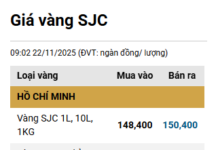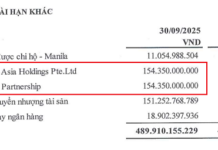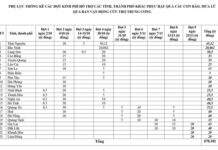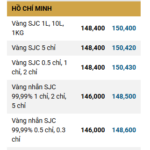
Vietnam’s Ambitious Development Plan: A Vision for 2030 and Beyond
Recently, the Vietnamese government issued Resolution No. 306/NQ-CP, adjusting the National Master Plan for the 2021-2030 period, with a vision toward 2050.
The overarching goal of this plan is to position Vietnam as a modern industrialized nation with upper-middle-income status by 2030. It aims to establish a new growth model driven primarily by science, technology, innovation, and digital transformation. The plan also seeks to create an efficient, unified, and sustainable national development space, where key economic regions, corridors, and growth poles play a leading role in socio-economic development and enhance national competitiveness.
The master plan outlines the development of a synchronized and modern infrastructure network, ensuring major economic balances and enhancing the economy’s resilience. It also focuses on energy security, food security, water resource security, environmental protection, and climate change adaptation.
Economically, the plan targets an average GDP growth rate of over 8.0% per year from 2021 to 2030. By 2030, the per capita GDP is projected to reach approximately USD 8,500.
In comparison, the previous plan aimed for an average GDP growth rate of around 7.0% per year during the same period, with a per capita GDP target of USD 7,500 by 2030.
Thus, the new plan raises the targets for both GDP growth rate and per capita GDP.
Gross National Income (GNI) is the total income earned by a country’s citizens and businesses, both domestically and abroad, after deducting income transferred overseas.
According to the World Bank’s classification, countries are categorized into four income groups based on their GNI per capita, calculated at current USD exchange rates.
The first group comprises low-income countries, with a GNI per capita below USD 1,145. These economies are primarily agrarian, characterized by low labor productivity, weak infrastructure, and rudimentary industrial development.
The second group includes lower-middle-income countries, with a GNI per capita ranging from USD 1,146 to USD 4,515. These economies are in the early stages of industrialization, often relying on low-cost labor and foreign direct investment (FDI).
The third group consists of upper-middle-income countries, with a GNI per capita between USD 4,516 and USD 14,005. These nations have achieved significant industrial and urban development, with economies based on high-value manufacturing and a robust domestic consumer market.
The final group is high-income countries, with a GNI per capita exceeding USD 14,005. These economies have completed industrialization and transitioned to knowledge-based and high-tech service sectors, with significant value added from finance, research and development, education, healthcare, and creative industries.
Which Sector Contributes the Most to GDP Growth?
In the third quarter of 2025, Vietnam’s GDP is estimated to grow by 8.23% year-on-year, according to the General Statistics Office under the Ministry of Finance. This growth rate, while impressive, is second only to the 14.38% surge recorded in the same period of 2022, marking it as the second-highest increase within the 2011-2025 timeframe.
Government Sets Target for Per Capita GDP to Reach $8,500 by 2030
The Vietnamese government has recently issued Resolution No. 306, outlining the adjusted national master plan for the 2021-2030 period, with a vision toward 2050. A key target set within this framework is to achieve a per capita GDP of approximately $8,500 by 2030, based on current prices. The plan also aims to restructure the economy, with the service sector contributing over 50% of GDP, the industrial and construction sectors accounting for more than 40%, and the agriculture, forestry, and fisheries sectors making up less than 10%.
Q3 GDP Estimated to Surge by 8.22%
On the morning of October 5th, during the regular September 2025 government meeting, Minister of Finance Nguyễn Văn Thắng announced that the estimated GDP growth for the third quarter was 8.22% compared to the same period last year. Excluding 2022, when the economy rebounded strongly post-COVID-19, this marks the highest third-quarter growth since 2011.
Emerging Centrally-Governed City: Vietnamese Province Surges to Top 5 in Economic Scale
By 2025, the province’s economy is projected to soar to an impressive 522 trillion VND, securing its position as the 5th largest in Vietnam.













































